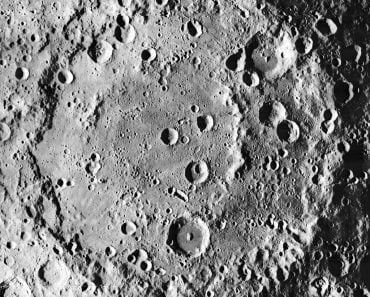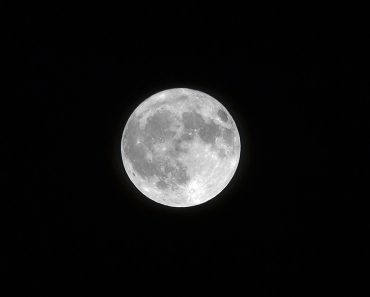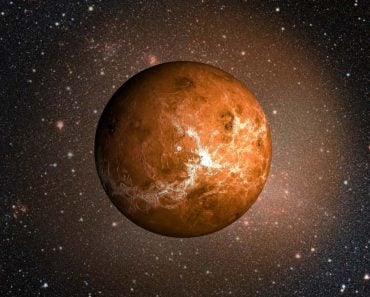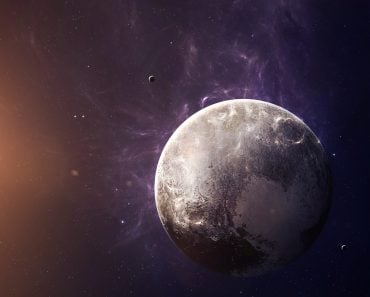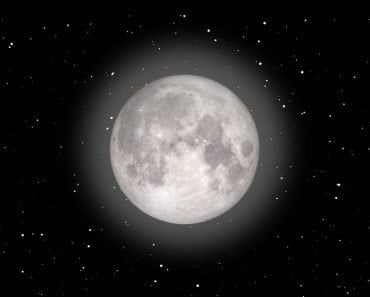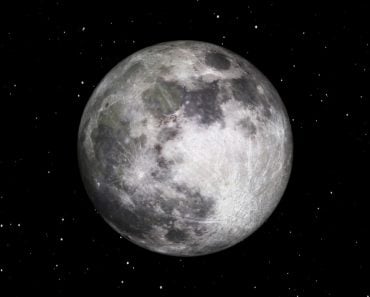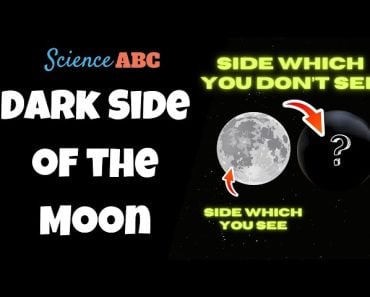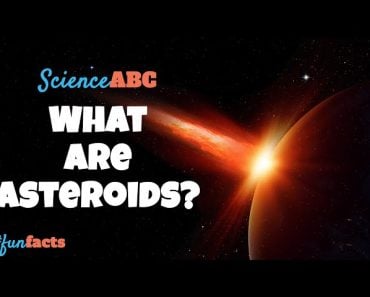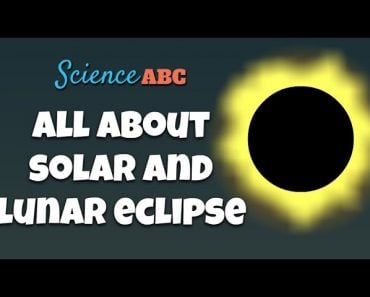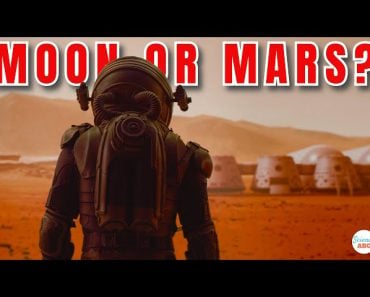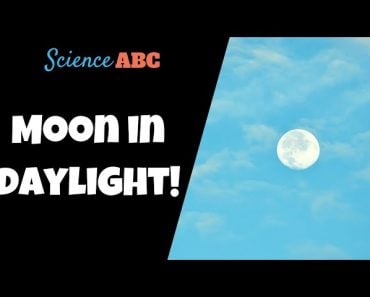Table of Contents (click to expand)
The dark spots on the moon are craters that were formed by collisions from comets, meteorites, and asteroids. The moon has no atmosphere, so there is no erosion, and the craters are not recycled like on Earth.
The dark spots on the lunar surface are actually craters of varying sizes that formed due to collisions from celestial bodies, such as comets, meteorites and asteroids in the past, which left large, excavated holes after the impact.
At some point in your life, you’ve observed that our old, reliable moon is packed with a number of dark spots on its surface. If you haven’t ever paid attention to this, make sure that you do the next time you’re out stargazing, preferably when the full moon is out.
Recommended Video for you:
The Early Days Of The Solar System
Both our planet and the moon formed around 4.6 billion years ago, when the solar system was quite a chaotic place, with meteors, asteroids and other big rocks flying all over the place. They were also crashing into stuff much more frequently than they do today (thank god for that!). Naturally, therefore, both Earth and the moon experienced many of these crashes and impact events during that period.
In fact, our moon owes its very existence to an impact event that occurred billions of years ago. A celestial body the size of a small planet crashed into Earth and ejected a small portion of the landmass from Earth’s surface.
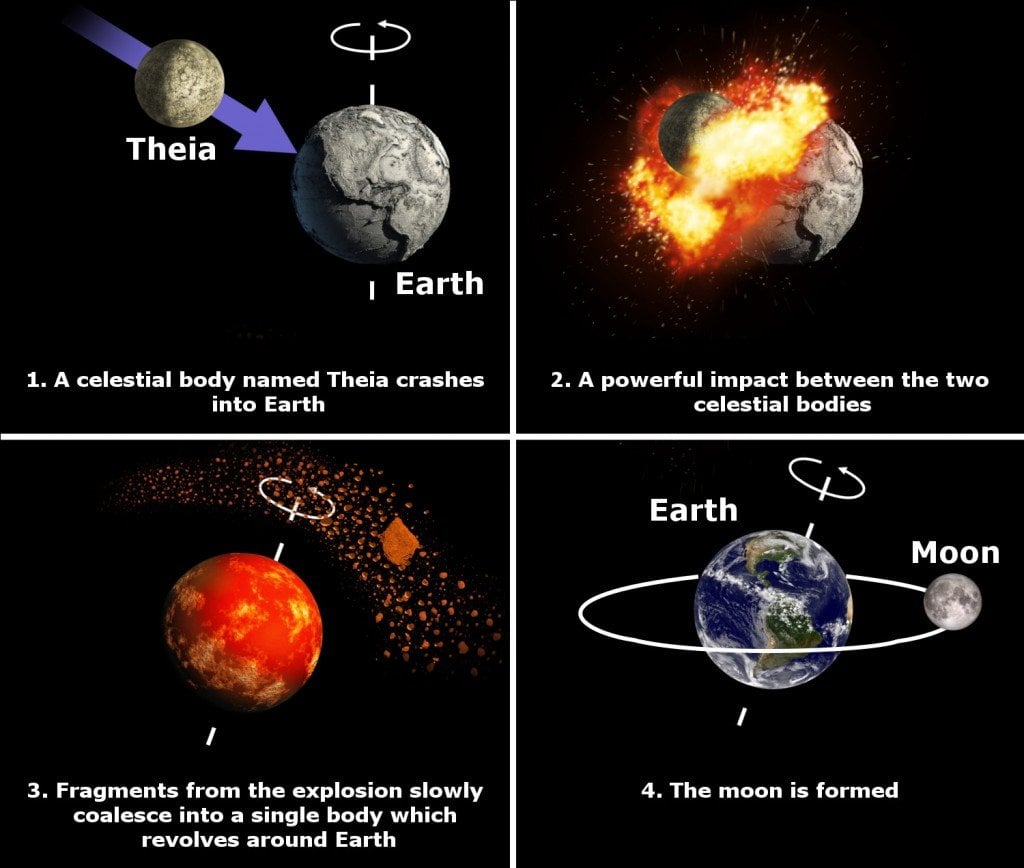
As this chunk was ejected, it got caught up in Earth’s gravitational field and started revolving around it. That ejected chunk has been doing the same dance for a couple billion years now. We like to call that chunk ‘the moon’.
If The Moon Has So Many Craters, Why Aren’t There Any Craters On Earth?
That’s quite a valid question. The moon is riddled with craters, whereas its immediate neighboring body, Earth, which is significantly bigger and thus presents an easier target for crashing meteorites, looks as though it got away completely unscathed during the era of constant bombardment in the early days of the solar system. Why is that so?
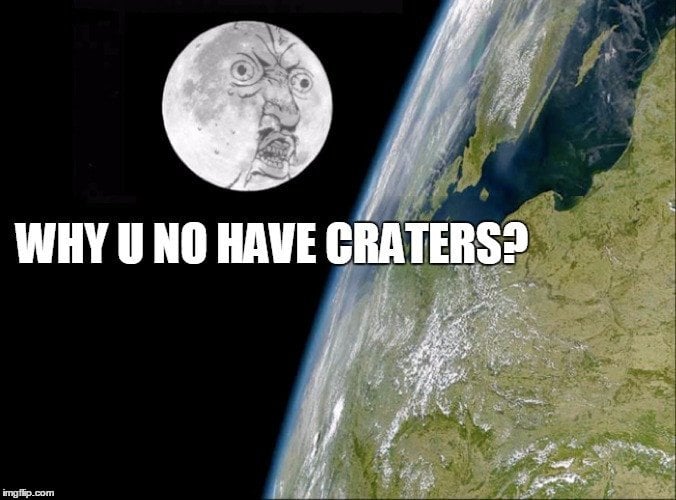
There are two main reasons behind it:
Earth Has A Dense Atmosphere
We have a dense, protective layer of gases enveloping our entire planet, which acts as a guardian angel when it comes to shielding Earth from ‘meteor attacks’. You might know of this protective layer as ‘the atmosphere’.
It’s not that meteorites don’t hurtle towards Earth just like they head for the moon, it’s just that our atmosphere is so dense and strong that not only meteors and asteroids, but most things heading for the planet burn up before ever reaching the surface.
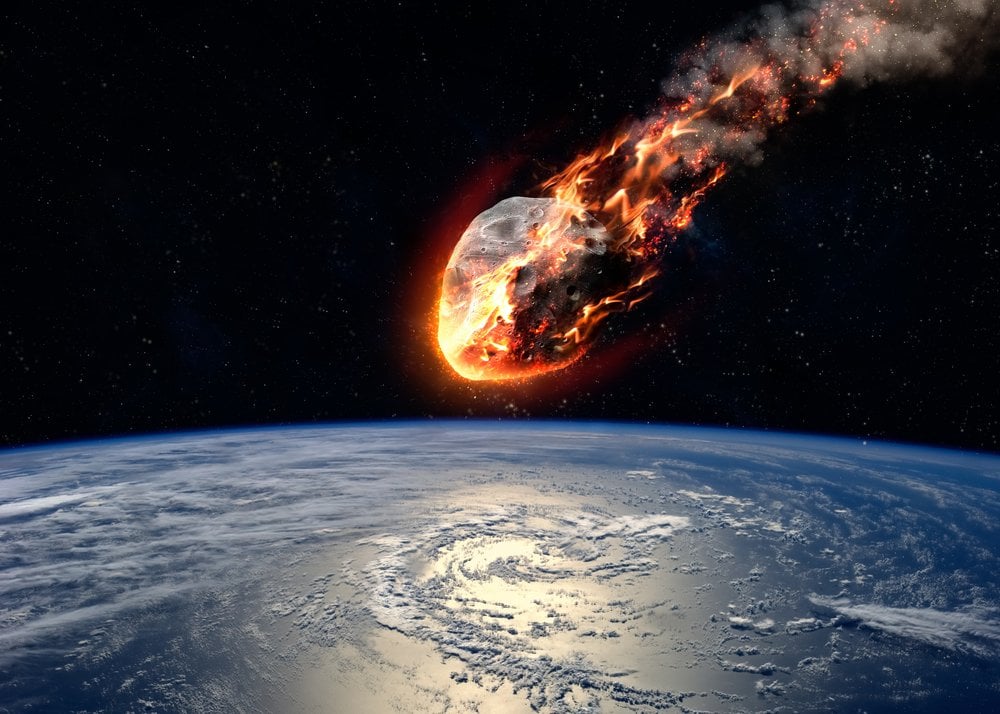
The falling star (also known as ‘the shooting star’) that you see in the night sky is sometimes actually the visible path of a meteoroid as it burns up in the Earth’s atmosphere while trying to reach the surface.
All of this is to say that, despite the fact that both the moon and the Earth are bombarded by almost the same number of meteorites, in Earth’s case, most of them do not reach the surface in the first place.
Erosion, Plate Tectonics And Volcanism Erase The Craters From Earth’s Surface
The other reason that Earth doesn’t have as many craters as the moon is that, unlike the latter, our planet is very good at taking care of its cosmetic needs through various processes. Earth handily removes visual evidence of all its past impacts through three main processes: erosion, plate tectonics and volcanism.
Due to the presence of our atmosphere (thanks again!), water and plants, our planet’s surface continues to ‘wear down’ (or, in scientific terms, erode) all the time. Over a period of millions of years, even the biggest dents on the surface are swept clean from the face of Earth (pun intended).
The moon, on the contrary, has practically no atmosphere, no erosion (by water or wind) takes place over there. Put a pencil mark on its surface, and it would basically stay there for all eternity.
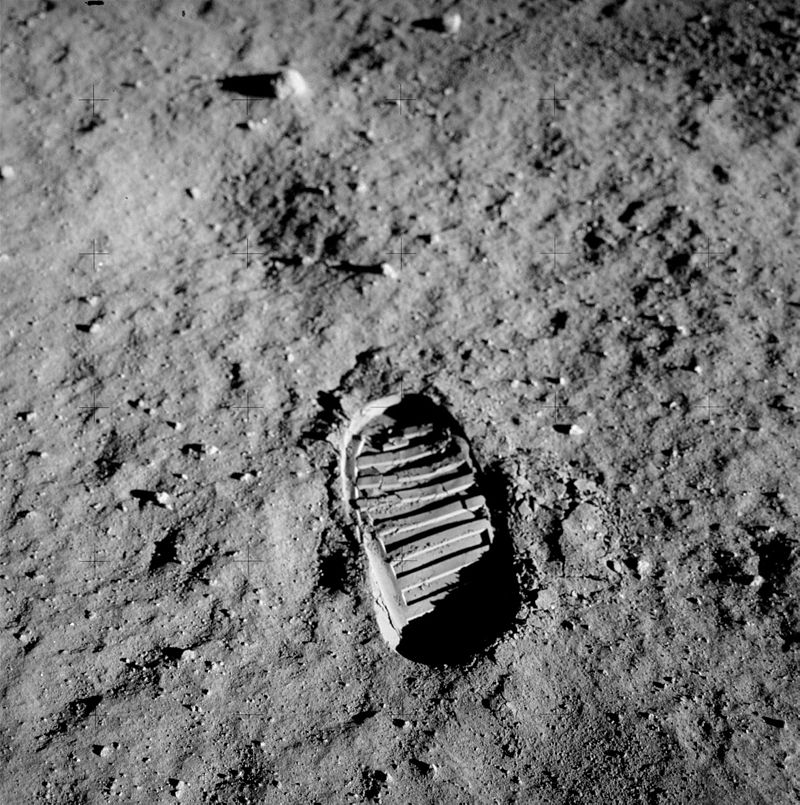
Furthermore, the surface of our planet is recycled many times over a period of hundreds of thousands of years, thanks to plate tectonics, another factor that is non-existent in the moon’s case. Lastly, volcanic flows on Earth’s surface act as janitors that clean and cover up impact craters, which makes these craters invisible from the outside.
Despite all of this, a few signs of the impact craters that were formed on Earth’s surface many years ago can still be seen. As of now, our planet has a total of 190 confirmed craters on its surface. You can check the list here.
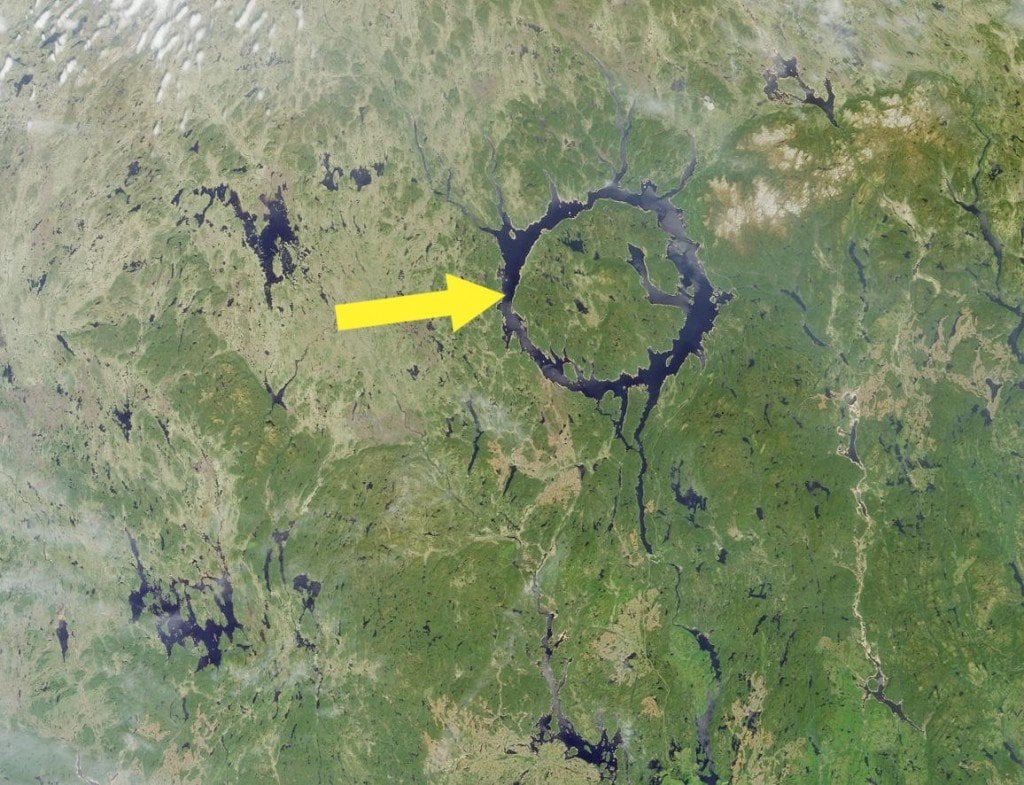
The next time you look up at the moon and notice its dark spots, remember that we could have ended up with the same fate as the moon if it weren’t for a handful geological processes and one heck of a protective shield!


